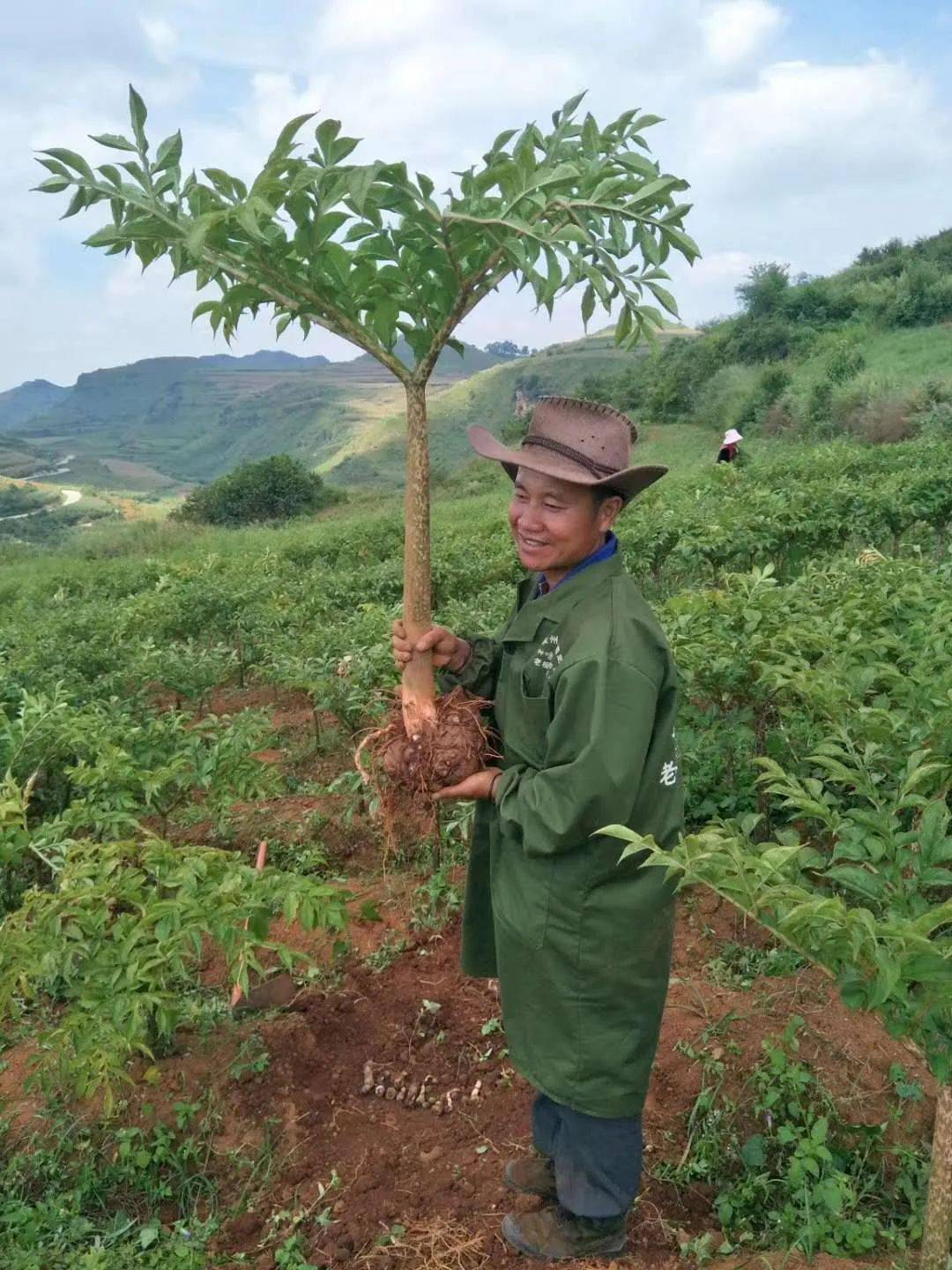
The Konjac plant grows in South East Africa and in Asia. In China and Japan,
Konjac has been known for 2,000 years as a plant with medicinal properties and health benefits,
forming part of their usual diet (Konnyaku or shirataki).


The main component of Konjac is glucomannan, which is extracted in the form of flour from the tuber of the Amorphophallus Konjac plant.
It is a soluble fiber with great thickening power and a very low caloric intake. Products derived from konjac are 100% plant-based and do not contain any allergens.
In addition to providing no net carbs and no sugar or fat,
konjac pasta only has 7kcal per serving, making it a perfect substitute for traditional pasta.

How is konjac paste made?

Konjac Glucomannan Benefits
It increases the feeling of satiety, thanks to its high fiber content that expands in the stomach when eaten.
It contributes to losing weight, in part thanks to its low calorie content.
Helps maintain healthy cholesterol levels.
Positive effect in people with type 2 diabetes as it reduces the increase in sugar levels that occur after meals.
Regulates intestinal transit and maintains and recovers the intestinal flora.
Preparation and Culinary Applications
To prepare Dried Konjac Rice for consumption, it typically requires rehydration by soaking in hot water for several minutes until it softens and expands to resemble cooked rice.
Once reconstituted, it can be utilized in a multitude of culinary applications,
emulating the role of conventional rice in various dishes:
1. As a side dish: Serve it plain or seasoned with herbs, spices, or soy sauce as a low-carb accompaniment to main courses.
2. In stir-fries: Incorporate it into vegetable or protein-based stir-fries for added texture and bulk.
3. In salads: Use it as a base for grain salads, mixed with fresh vegetables, nuts, seeds, and a light dressing.

